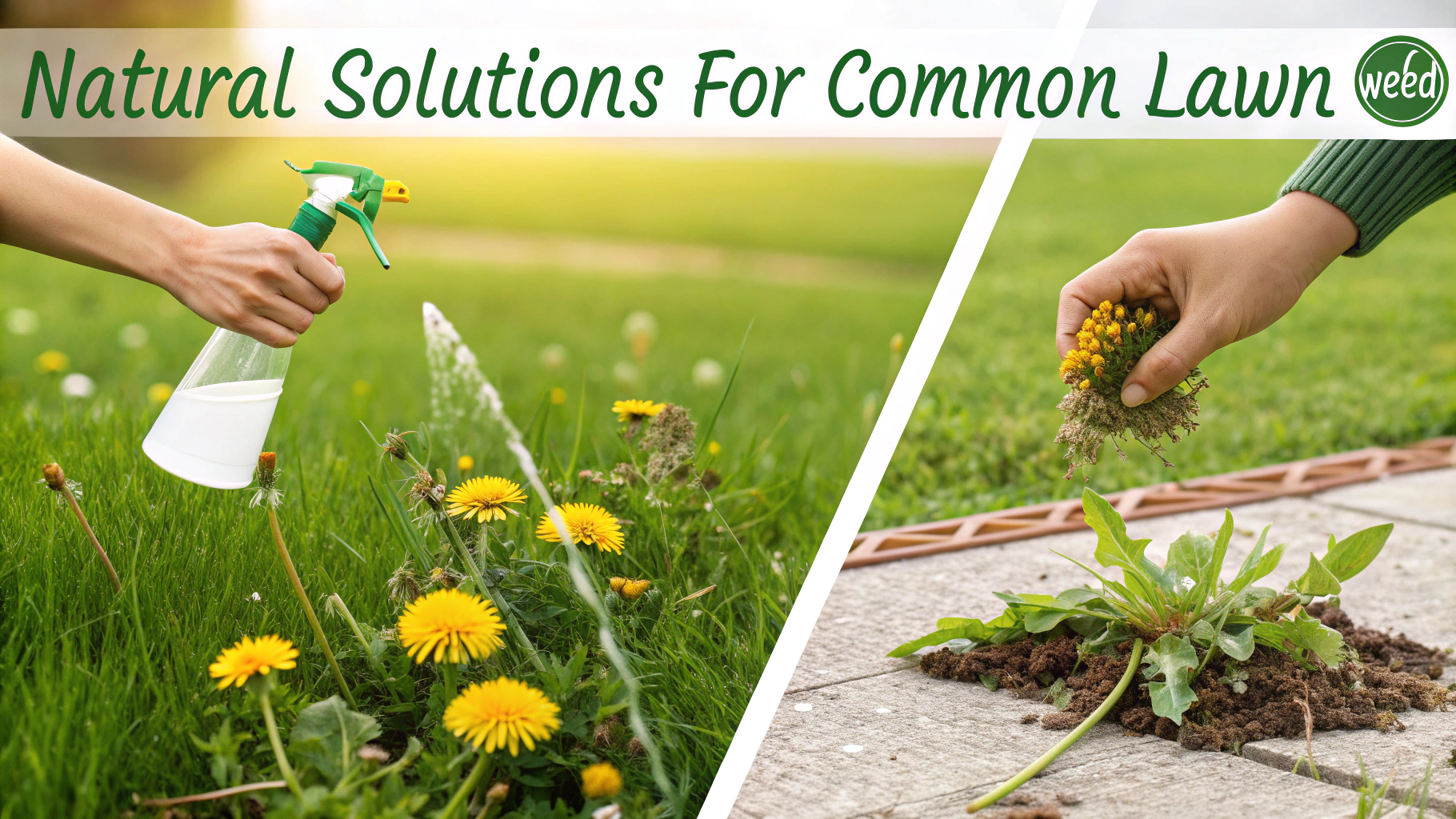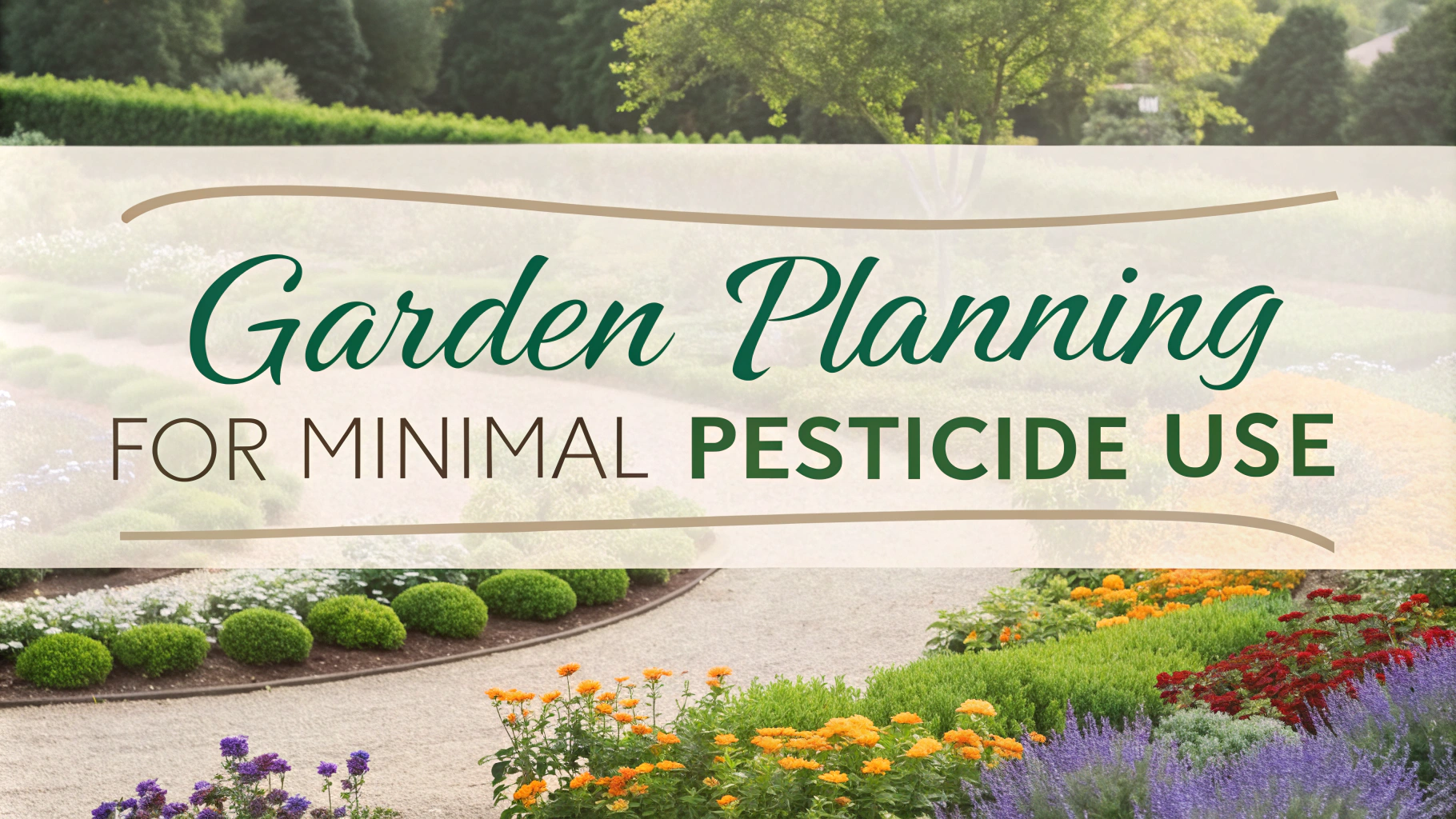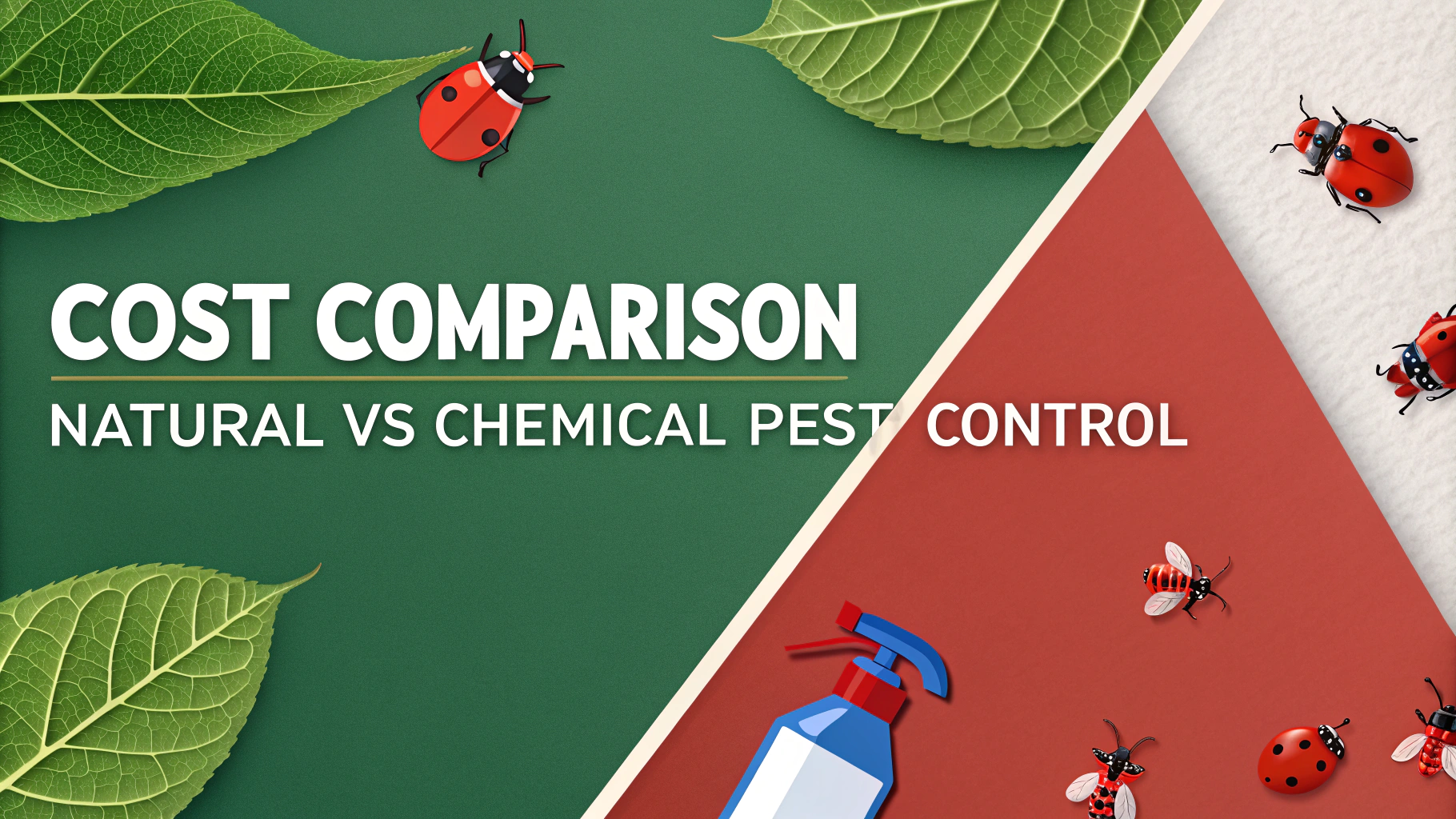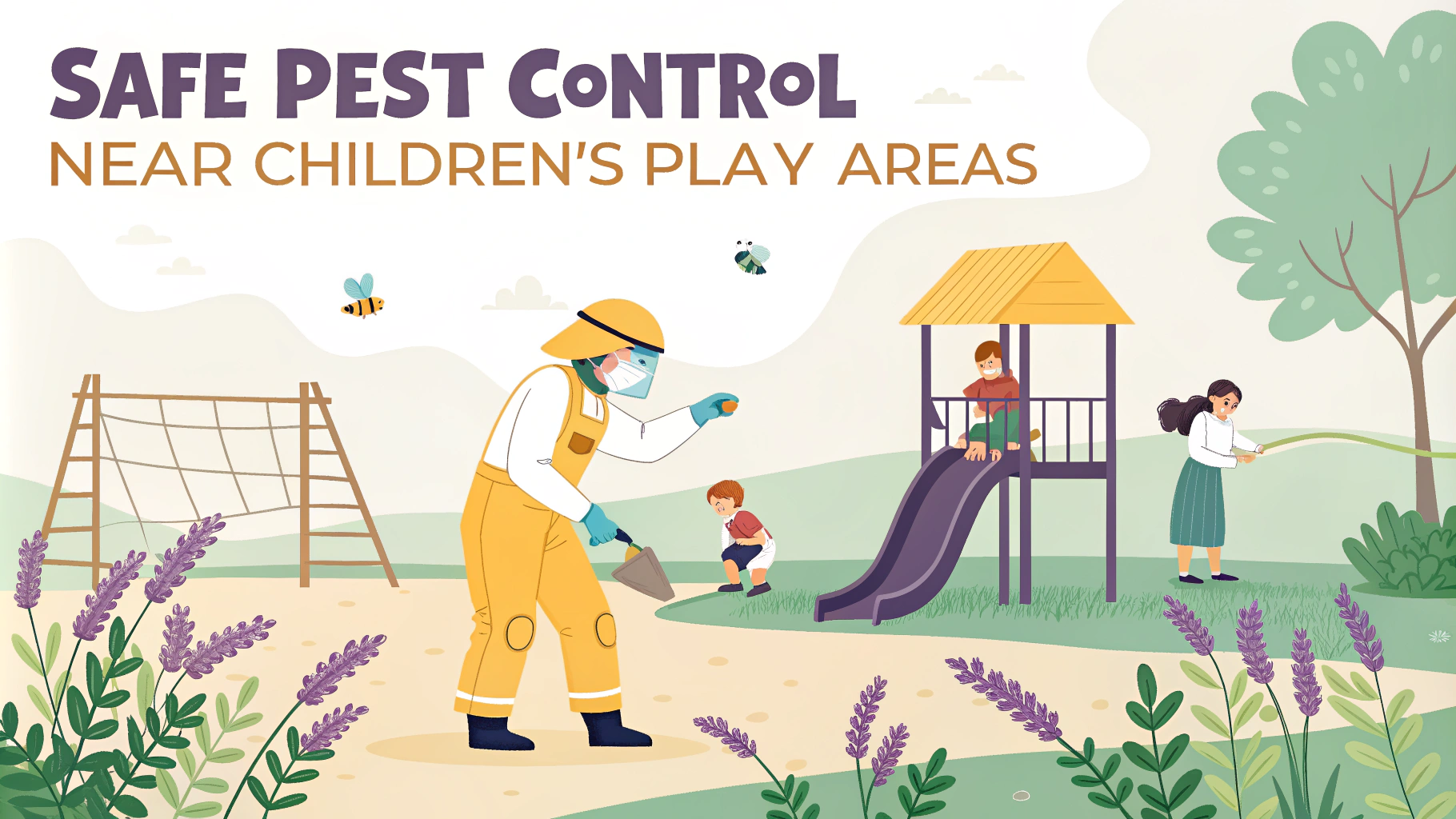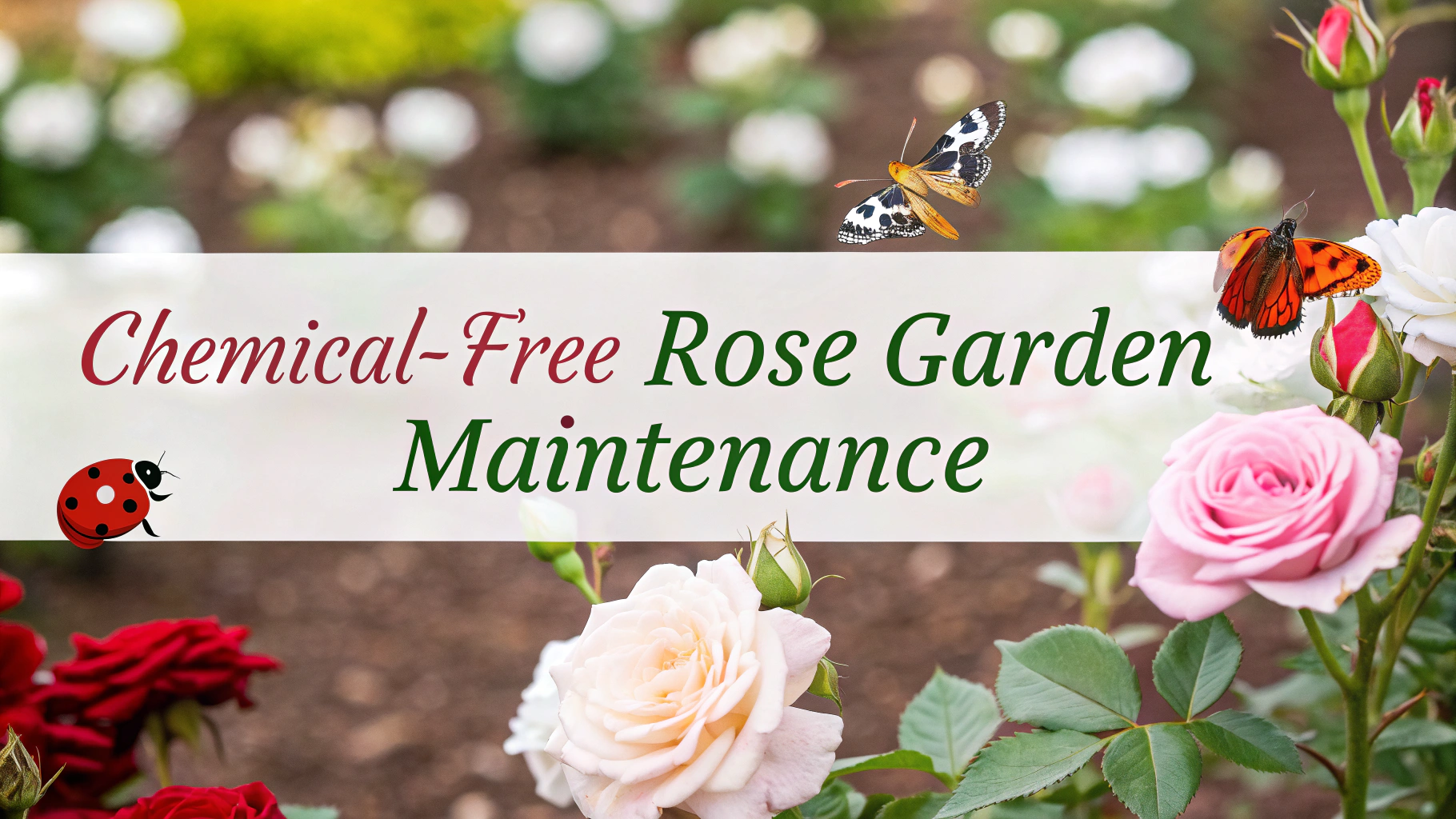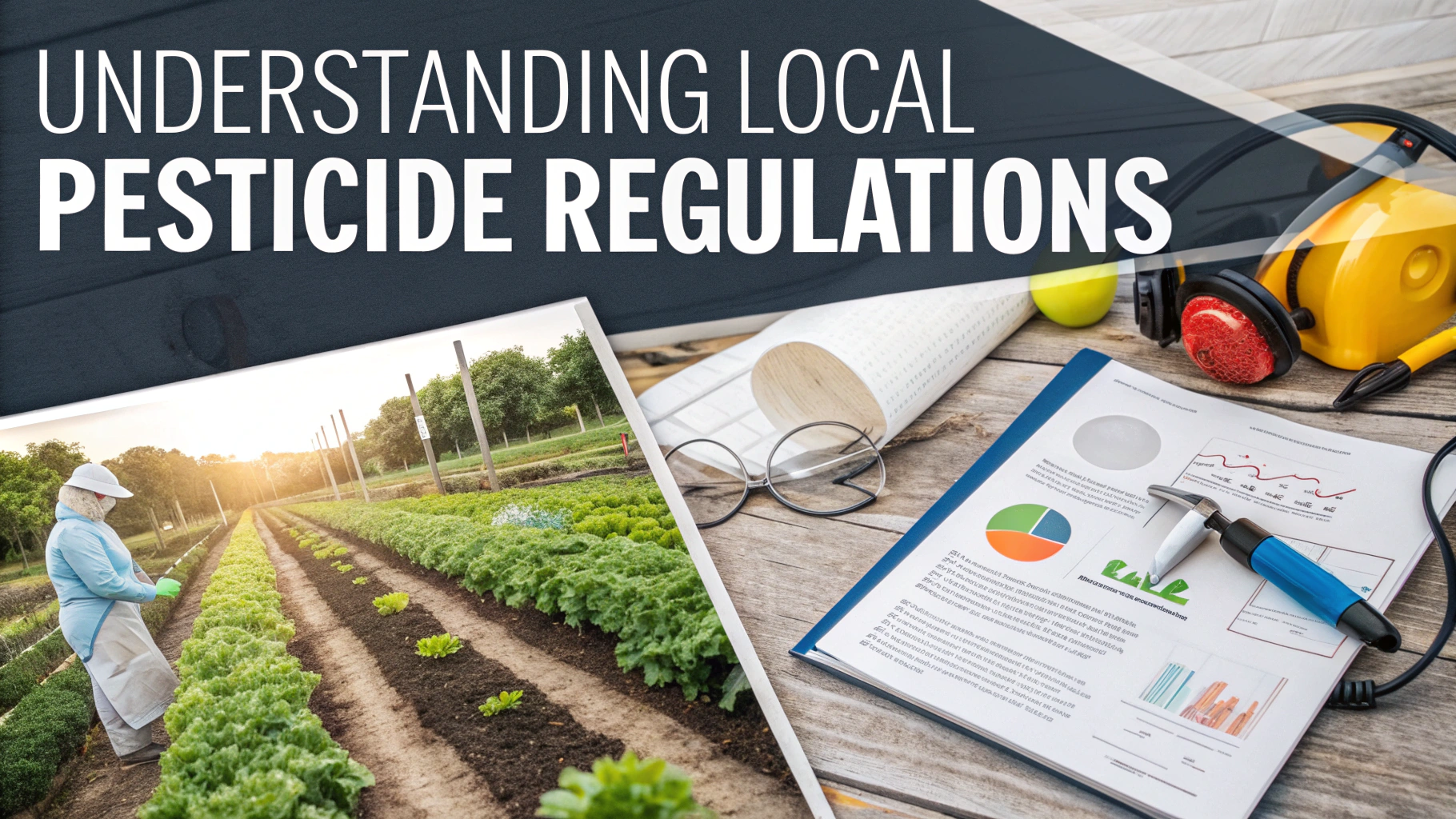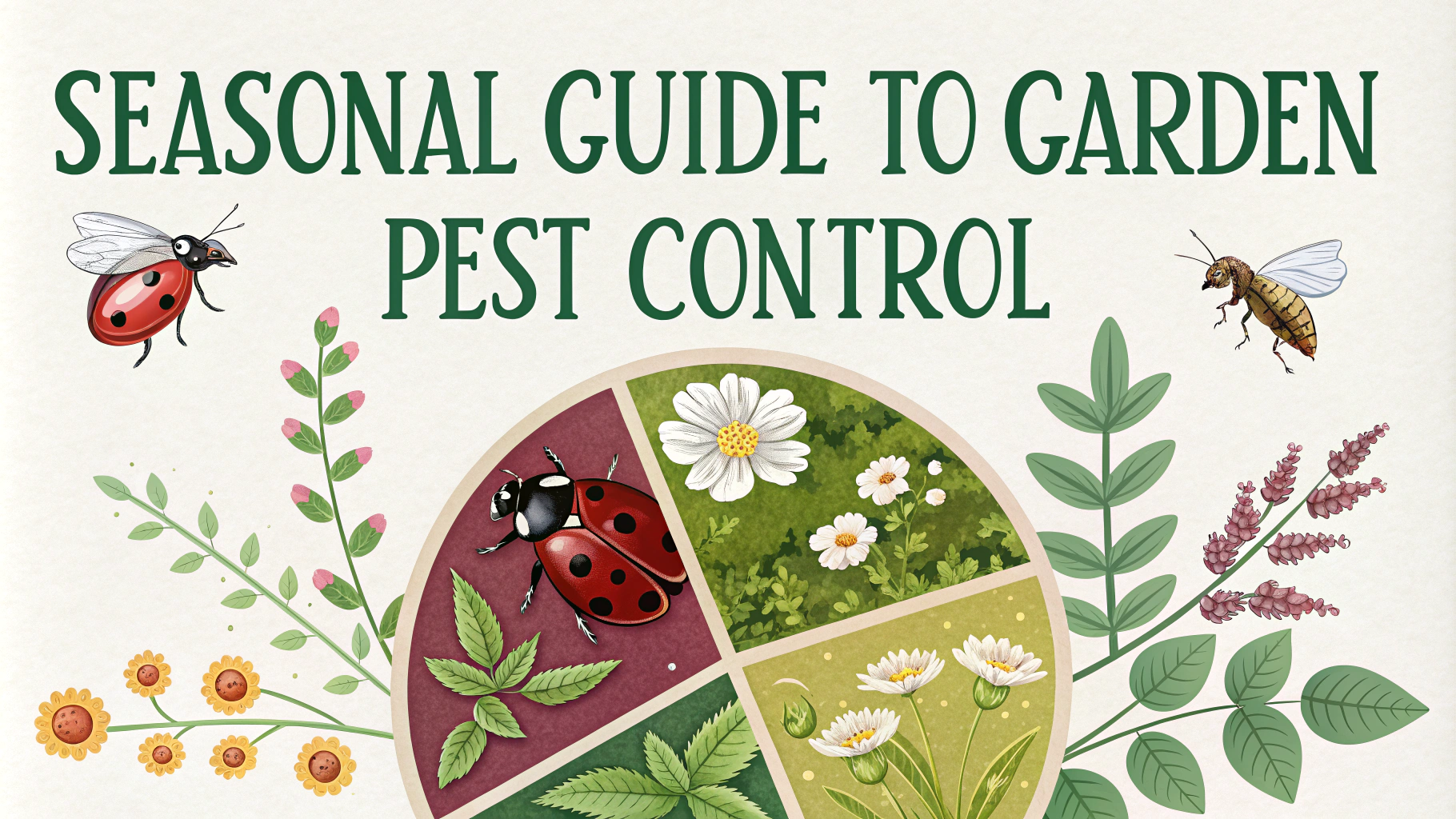Protecting pollinators while managing garden pests requires a balanced approach that prioritizes both plant health and beneficial insect safety.
Understanding Garden Pollinators
Bees, butterflies, moths, and even some beetles play essential roles in pollinating flowers and food crops in your garden.
- Honey bees and native bees
- Butterflies and moths
- Hummingbirds
- Beneficial beetles
- Hover flies
Safe Pest Management Strategies
Choose targeted pest control methods that minimize harm to beneficial insects.
Natural Alternatives to Chemical Pesticides:
- Handpicking pests
- Installing physical barriers
- Using insecticidal soaps
- Introducing beneficial insects
- Companion planting
If Pesticides Are Necessary:
- Apply in early morning or evening when pollinators are less active
- Avoid spraying open blooms
- Use spot treatments instead of broad application
- Select products labeled as pollinator-friendly
Creating a Pollinator-Safe Garden
Design your garden to support both pest management and pollinator health.
Plant Selection Tips:
- Include native flowering plants
- Provide continuous blooms throughout growing season
- Plant in clusters to attract pollinators
- Select pest-resistant varieties
Monitoring and Prevention
| Action | Timing |
|---|---|
| Inspect plants | Weekly |
| Remove affected leaves | As needed |
| Clean garden tools | After each use |
| Rotate crops | Annually |
Resources and Support
Contact your local extension office for specific guidance on pollinator-friendly pest management in your area.
For emergency bee incidents, contact the EPA’s Pollinator Protection Division or call your state’s department of agriculture.
Recommended Products for Safe Pest Control:
- Neem oil
- Biological controls (beneficial nematodes)
- Sticky traps (placed away from flowers)
- Row covers (during non-blooming periods)
Warning Signs of Pollinator Harm
- Dead bees near treated plants
- Reduced pollinator activity
- Abnormal pollinator behavior
- Poor fruit set on plants
Record your pest management activities and pollinator observations to improve your strategies over time.
Best Times for Garden Maintenance
Schedule garden maintenance activities to minimize impact on pollinator activity.
Optimal Timing:
- Early morning before pollinator activity peaks
- Late evening after pollinators return to nests
- Cloudy days with minimal insect activity
- Non-blooming periods for major garden work
Long-term Garden Planning
Develop a comprehensive strategy that supports both pest management and pollinator conservation.
Seasonal Activities:
- Spring soil preparation
- Summer monitoring and maintenance
- Fall cleanup and plant removal
- Winter planning and preparation
Community Involvement
Coordinate with neighbors and local gardening groups to create pollinator corridors and shared pest management strategies.
Collaborative Actions:
- Share successful pest control methods
- Coordinate planting schedules
- Pool resources for beneficial insect purchases
- Report significant pest or pollinator issues
Conclusion
Successful garden management requires balancing effective pest control with pollinator protection. By implementing these strategies and remaining vigilant, gardeners can maintain healthy plants while supporting essential pollinator populations. Regular monitoring, careful product selection, and timing of treatments are key to achieving this balance.
Key Takeaways:
- Choose selective pest control methods
- Time treatments to minimize pollinator exposure
- Create diverse, pollinator-friendly habitats
- Monitor and adjust strategies as needed
FAQs
- What are the safest times of day to apply pesticides to minimize harm to pollinators?
Apply pesticides in the evening after sunset or early morning before sunrise when most pollinators are not active. Avoid spraying during peak pollinator activity hours between 9 AM and 3 PM. - Which pesticide alternatives can I use that are safer for pollinators?
Use natural alternatives like neem oil, insecticidal soaps, companion planting, beneficial insects, hand-picking pests, and physical barriers such as row covers or netting. - How can I create a pollinator-friendly garden while managing pests?
Plant diverse native species, maintain healthy soil, practice crop rotation, encourage natural predators, and use integrated pest management (IPM) strategies that minimize chemical interventions. - What types of pesticides are most harmful to pollinators?
Neonicotinoids, organophosphates, and broad-spectrum insecticides are particularly harmful. Systemic pesticides that remain in plant tissues and can contaminate nectar and pollen are especially dangerous. - How long should I wait after pesticide application before allowing pollinators back into the area?
Wait at least 24 hours after pesticide application, though longer periods may be necessary depending on the specific product. Always check product labels for specific safety intervals. - What should I look for on pesticide labels to protect pollinators?
Look for bee hazard icons, pollinator warnings, and residual toxicity periods. Choose products labeled as “pollinator-friendly” or with lower toxicity ratings for bees and other beneficial insects. - How can I prevent pesticide drift that might affect neighboring pollinator habitats?
Apply pesticides only when wind speeds are low (under 10 mph), use coarse spray settings, maintain proper sprayer pressure, and create buffer zones between treated areas and pollinator-friendly spaces. - What are the signs that pesticides are harming pollinators in my garden?
Watch for dead bees near treated plants, unusual bee behavior like lethargy or disorientation, reduced pollinator activity, and decreased fruit or vegetable production due to poor pollination. - Which plants can I grow to support pollinators while naturally deterring pests?
Plant marigolds, lavender, chrysanthemums, mint, basil, and other aromatic herbs that naturally repel pests while providing food for pollinators. - How can I coordinate with neighbors to protect pollinators in our community?
Share information about pollinator-friendly practices, create connected habitat corridors, coordinate pesticide applications to minimize impact, and participate in local pollinator protection initiatives.

